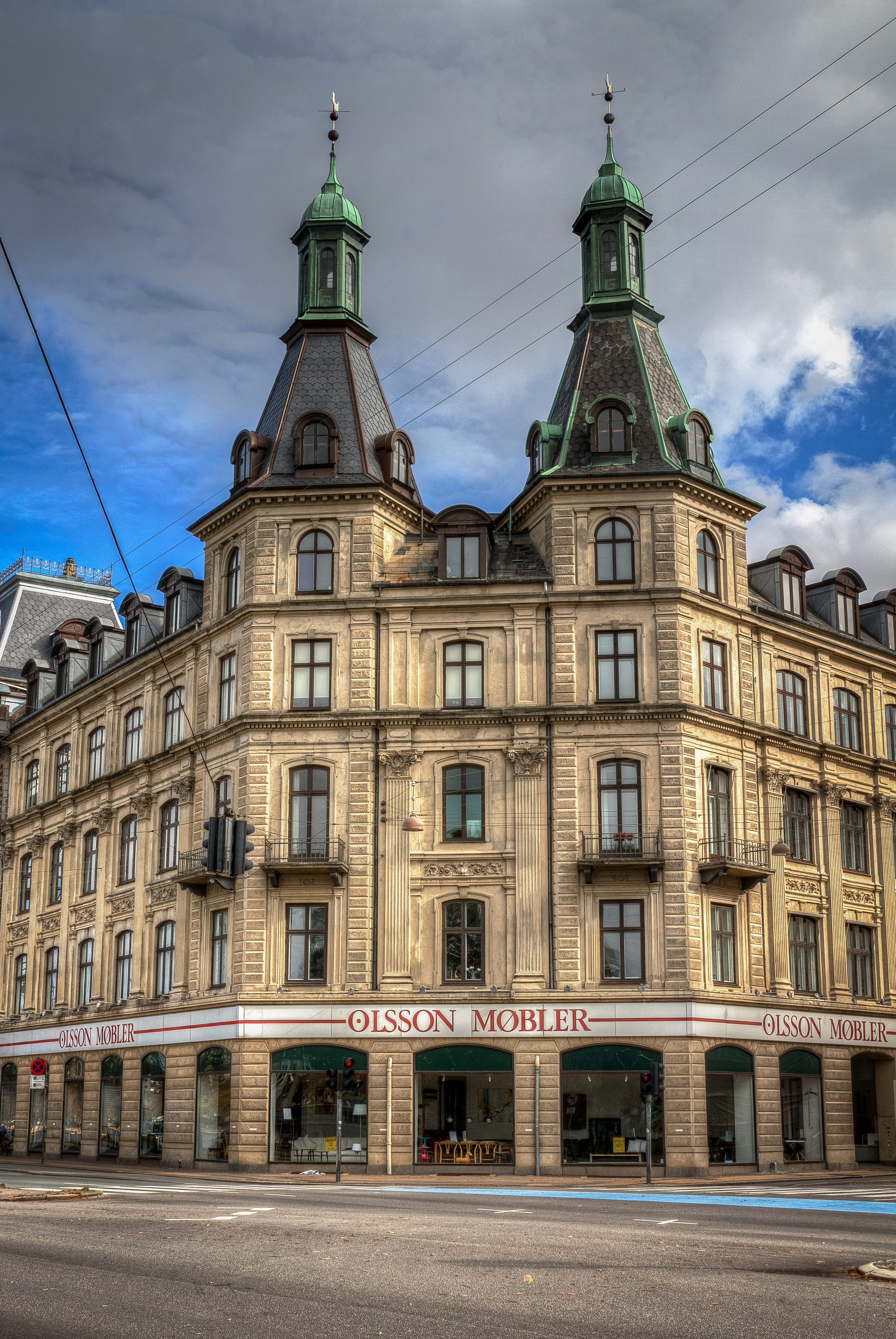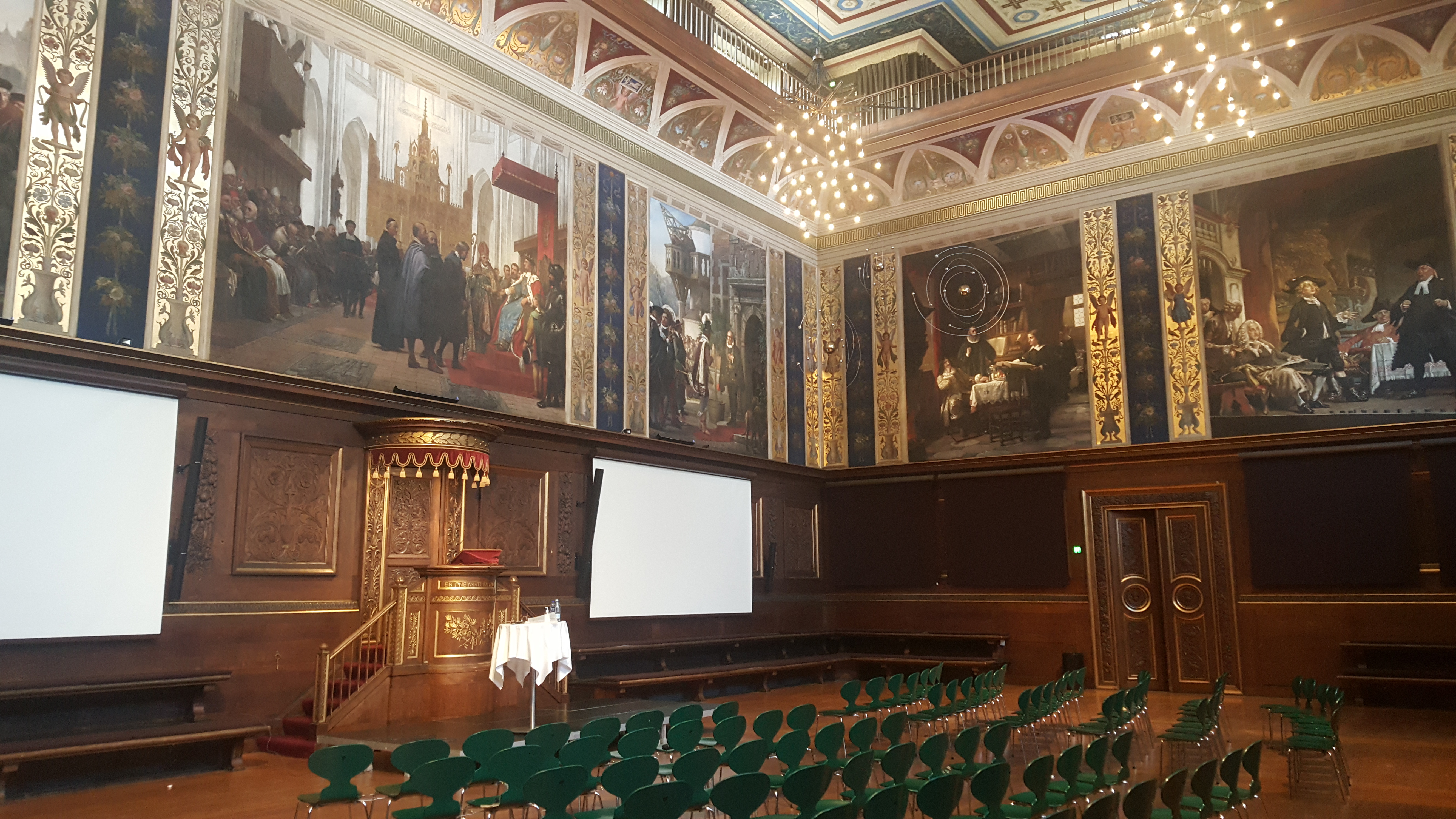|
Søgade, Copenhagen
Vester, Nørre and Øster Søgade ( lit. "West, North and East Lake Street") is a succession of streets along the eastern side of The Lakes in central Copenhagen, Denmark. The streets run from Gammel Kongevej to the south to the beginning of Østerbrogade at Lille Trianglen in the north. Vester Søgade runs from Gammel Kongevej to Gyldenløvesgade, Nørre Søgade runs from Gyldenløvesgade to Dronning Louises Bro, and Øster Søgade from Dronning Louises Bro to Lille Triangel. History The street is situated on the former glacis outside Copenhagen's long gone bastioned fortifications. A path known as ''Kærlighedsstien'' ("The Lover's Path") followed the east side of The Lakes where Søgade runs today. The north part of the street was created after the fortifications were decommissioned in the second half of the 19th century. Nørre Voldgade was completed in July 1873. Nørre and Øster Søgade were established in the 19th century. Vester Søgade, on the other hand, was n ... [...More Info...] [...Related Items...] OR: [Wikipedia] [Google] [Baidu] |
Sortedam Sø - Søtorvet
Thomas Helmig (born 15 October 1964) is a Danish Rock music, rock singer and musician, and has been one of the most popular singers in Denmark since the middle of the 1980s. Biography Thomas Helmig was born and grew up in Egå, a suburb of Aarhus, where his father was a doctor. His parents divorced when he was quite young. To escape from the feelings associated with his parents' divorce, Thomas took refuge in music, most notably he spent much time teaching himself to play the piano. At the age of 10, inspired by the Danish Band Gasolin, popular in the 70's, Thomas formed his first band and named it Heavy Oil. The following years he also learned to play the guitar and drums. He entered the gymnasium (school), gymnasium but, with his parents' approval, he left during the first year to pursue his musical interests. To this end, he went to the United States as a high school exchange student. It was here that he first discovered Motown, playing with local Soul music, soul musicians in ... [...More Info...] [...Related Items...] OR: [Wikipedia] [Google] [Baidu] |
Søtorvet - Evening
Søtorvet () is an elegant late 19th century residential development facing The Lakes in Copenhagen, Denmark. It flanks the end of Frederiksborggade, where it turns into the Queen Louise Bridge, at the intersection with Øster and Nørre Søgade. History Background When Copenhagen was still a fortified city, Frederiksborggade, passing through the Northern City Gate, used to be one of the main roads leading in and out of town, taking travellers north toward Frederiksborg Castle. After the Northern City Gate was demolished in 1853 and a law definitively provided for the decommissioning of the fortifications in 1868, redevelopment of the land outside the gate began and the present day Nørrebro district emerged with Nørrebrogade, the continuation of Frederiksborggade on the other side of The Lakes, as its central artery. Construction The Søtorvet development was built from 1873 to 1875 by the Copenhagen Building Company, a real estate company founded the previous year by Carl Fr ... [...More Info...] [...Related Items...] OR: [Wikipedia] [Google] [Baidu] |
Hotel Kong Arthur (Copenhagen=
A hotel is an establishment that provides paid lodging on a short-term basis. Facilities provided inside a hotel room may range from a modest-quality mattress in a small room to large suites with bigger, higher-quality beds, a dresser, a refrigerator, and other kitchen facilities, upholstered chairs, a television, and en-suite bathrooms. Small, lower-priced hotels may offer only the most basic guest services and facilities. Larger, higher-priced hotels may provide additional guest facilities such as a swimming pool, a business center with computers, printers, and other office equipment, childcare, conference and event facilities, tennis or basketball courts, gymnasium, restaurants, day spa, and social function services. Hotel rooms are usually numbered (or named in some smaller hotels and B&Bs) to allow guests to identify their room. Some boutique, high-end hotels have custom decorated rooms. Some hotels offer meals as part of a room and board arrangement. In Japan, capsul ... [...More Info...] [...Related Items...] OR: [Wikipedia] [Google] [Baidu] |
Arbejdernes Byggeforening
Arbejdernes Byggeforening ( lit. "The Workers' Building Society") was a Danish building society founded in Copenhagen in 1865 to provide healthy homes for the city's workers, especially those from the Burmeister & Wain factory. At the time of its foundation, the society had just 200 members but it grew fast, reaching 16,000 in 1890, and peaking at 26,342 members in 1955. The society built a total of almost 1,500 terraced houses at various sites around the city, including Kartoffelrækkerne in Østerbro and Humleby in Vesterbro, before it was dissolved in 1972. History Background The idea of providing good and healthy homes for the poorest part of the city's workforce originated among local politicians and medical doctors during the 1853 Copenhagen cholera outbreak which killed approximately 5,000 citizens. A major reason for the outbreak was the dismal conditions in the poorest parts of the city which suffered from overpopulation and lack of proper sanitary facilities. The Dani ... [...More Info...] [...Related Items...] OR: [Wikipedia] [Google] [Baidu] |
Sølvgade
Sølvgade (; ) is a street in central Copenhagen, Denmark, extending north-west from Borgergade to The Lakes where Fredens Bro connects it to Fredensgade. The section from Kronprinsessegade to Øster Voldgade follows the walled north-eastern margin of Rosenborg Castle Garden and the next section, from Øster Voldgade to the intersection with Farimagsgade, named Sølvtorvet (; 'Silver Square') although it is little more than a busy street junction, separates Copenhagen Botanical Garden from Østre Anlæg. History Like the other streets in the area, Sølvgade originates in the masterplan for New Copenhagen which was created in 1649. The street was one in a series of streets in the Nyboder neighbourhood that were named after minerals. All of the other streets have now disappeared. The original street only ran from Adelgade to the East Rampart at present day Øster Voldgade. St. Ann's Graveyard was from the beginning located at the northern end of the street, opposite Rosenborg Cast ... [...More Info...] [...Related Items...] OR: [Wikipedia] [Google] [Baidu] |
City Campus (University Of Copenhagen)
The City Campus is one of the University of Copenhagen's four campuses in Copenhagen, Denmark. It is home to the University of Copenhagen Faculty of Social Sciences, Faculty of Social Sciences and parts of the University of Copenhagen Faculty of Health and Medical Sciences, Faculty of Health and Medical Sciences and the University of Copenhagen Faculty of Science, Faculty of Science. The main campus area, the Center for Health and Society (, abbr. CSS), is situated on Vester, Nørre and Øster Farimagsgade, Øster Farimagsgade, across the street from the University's University of Copenhagen Botanical Garden, Botanical Garden, which is also part of the campus area. The City Campus also comprises a building on Øster Voldgade (Mo. 10) and the university headquarters on Frue Plads. Overview In all, the City Campus occupies five sites: * Center for Health and Society * University of Copenhagen Botanical Garden, Copenhagen Botanical Garden (Natural History Museum) * Geocentre Copenhage ... [...More Info...] [...Related Items...] OR: [Wikipedia] [Google] [Baidu] |
University Of Copenhagen
The University of Copenhagen (, KU) is a public university, public research university in Copenhagen, Copenhagen, Denmark. Founded in 1479, the University of Copenhagen is the second-oldest university in Scandinavia, after Uppsala University. The University of Copenhagen consists of six different Faculty (division), faculties, with teaching taking place in its four distinct campuses, all situated in Copenhagen. The university operates 36 different departments and 122 separate research centres in Copenhagen, as well as a number of museums and botanical gardens in and outside the Danish capital. The University of Copenhagen also owns and operates multiple research stations around Denmark, with two additional ones located in Greenland. Additionally, University of Copenhagen Faculty of Health and Medical Sciences, The Faculty of Health and Medical Sciences and the public hospitals of the Capital Region of Denmark, Capital and Region Zealand, Zealand Region of Denmark constitute the ... [...More Info...] [...Related Items...] OR: [Wikipedia] [Google] [Baidu] |
Copenhagen Municipal Hospital
Copenhagen Municipal Hospital ( Danish: Københavns Kommunehospital) was a hospital that existed from 1863 until 1999 in Copenhagen, Denmark. Its buildings, located on Øster Farimagsgade, opposite Copenhagen Botanical Garden, now form part of the University of Copenhagen's City Campus. History The 1853 Copenhagen cholera outbreak highlighted the need for improvements in the city's healthcare system. It was therefore decided to build a new hospital and a site was selected on the glacis outside the North Rampart of the city's Fortification Ring which was now finally decommissioned. Royal Building Inspector Christian Hansen, who had recently returned to Denmark from Greece was charged with the design of the building. Construction began in 1859 and the hospital was inaugurated on 19 September 1863. The hospital was operated by Copenhagen Municipality. Very modern for its time, it contained 844 beds and pioneered a number of treatments, techniques and diagnoses in Denmark. T ... [...More Info...] [...Related Items...] OR: [Wikipedia] [Google] [Baidu] |
Gentofte
Gentofte () is a district of Gentofte Municipality in the northern suburbs of Copenhagen, Denmark. Major landmarks include Gentofte Town Hall, Gentofte Hospital and Gentofte Church. Gentofte Lake with surrounding parkland and nature reserves form the most important greenspace. Geography Gentofte is roughly bounded by Lyngbyvej to the west, the Nordbanen, S-train line to Hillerød to the northeast, Bernstorffsvej to the east and Kildegårdsvej to the south. The southern border with Hellerup is, however, not clearly defined. Gentofte postal district has a somewhat different definition. Gentofte, as defined by Gentofte Municipality, covers circa 335 hectares or 13% of the municipality's total. On 1 January 2012 the district had 8,289 residents, equaling 11% of the total population of Gentofte Municipality. Gentofte Lake is a dominant geographical feature. The highest point is Ræveskovsbakken. The most urban part of the district is centred on the central part of Gentoftegade, Gentoft ... [...More Info...] [...Related Items...] OR: [Wikipedia] [Google] [Baidu] |




